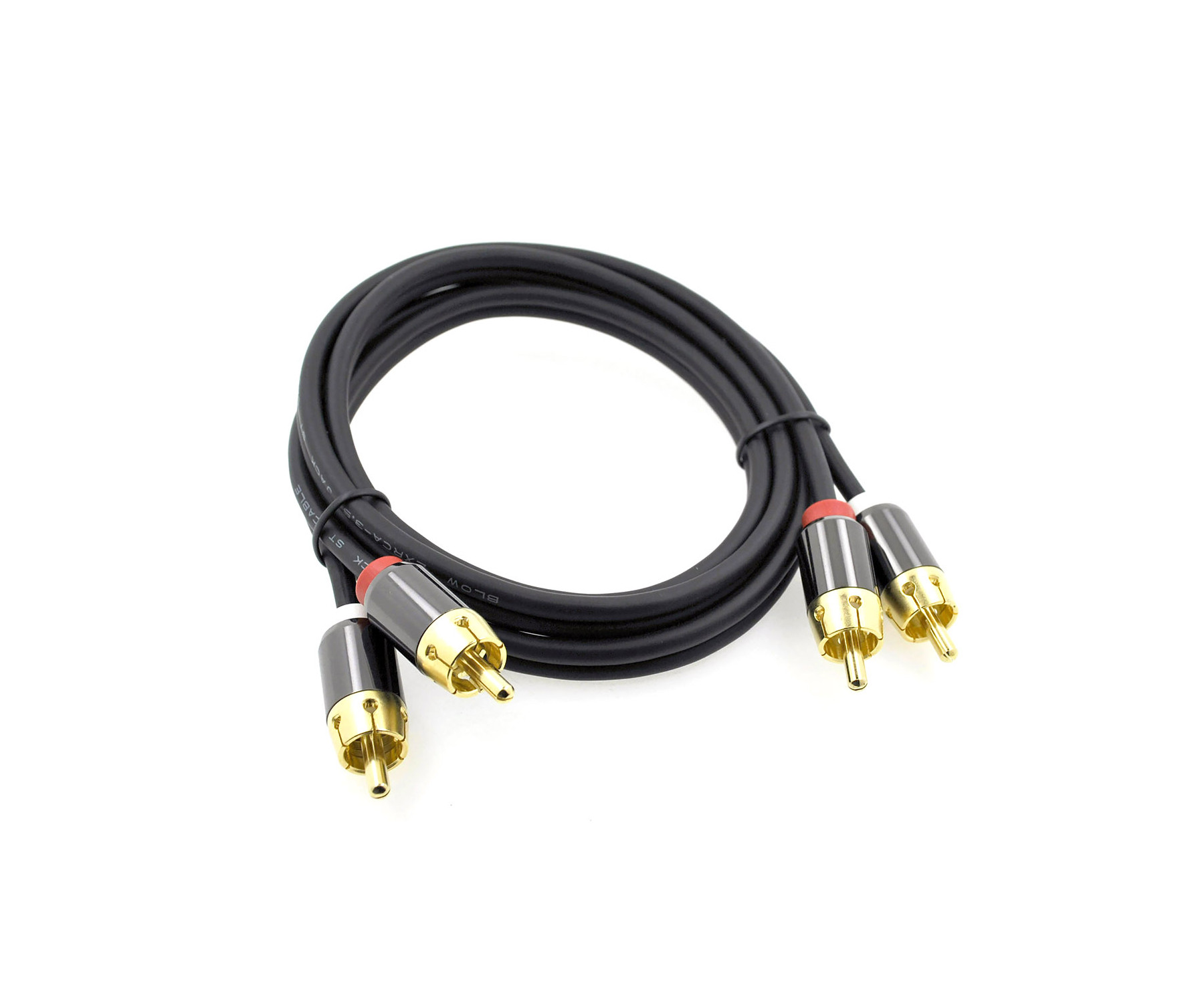

That is why the use of a converter box such (described below) is recommended. When you use a cable with an unbalanced RCA connector on one side and a balanced XLR connector on the other side, the end result will become unbalanced and you will lose all the advantages of an XLR cable. Using an RCA to XLR cable will not be of any advantage nor will an RCA to a balanced 1/4”. If the signal is unbalanced out of you receiver, it will arrive that way. In general, hey should be kept as short as possible. The biggest disadvantage of unbalanced cables is that they are susceptible to noise problems. Many manufacturers include them with their products. They are readily available in almost all retail stores.Ĥ. Unbalanced RCA cables are less complicated.ģ. Unbalanced RCA cables, on the other hand, have a few advantages:ġ. XLR cables can be as long as a few hundred feet. There is a limit on how long you can make an RCA cable (normally below 10 meters) before it significantly attenuates the signal. RCA cables, on the other hand, can drive you crazy with noise and hum.ģ. Because they are balanced and are grounded better, XLR cables are relatively noise free. Imagine in the middle of a rock concert with lots of speakers, amplifiers, cables, and all the craziness, some RCA cables become loose. They do not come loose as easily as RCA cables.
#Wiring rca connector pro
Balanced Audio can be run both short and long distances.Ī balanced XLR cable has three major advantages over an unbalanced RCA cable and that is why pro users prefer them.ġ. Unbalanced audio should not be run more than about 10 feet. See cable adapter wiring in particular half unbalanced cables.

(A DI Box is a perfect transformer.) Also, there are a number of ways to wire cable to interface between the two styles of audio transmission. Probably the best way to transition between the two is with a transformer. Of course there will always be times were the two types of audio will need to interface with each other.
#Wiring rca connector professional
Within concert or professional audio systems, were there are large lengths of cable, is were balanced audio makes the most sense. Using balanced cables within this scenario does not make a large amount of sense, since the transitions between the two types of audio will outweigh the benefits. Within home stereo equipment, which in general is all unbalanced, it makes sense to use unbalanced cable through out the system.

This is an important question, as this will affect the way the audio is connected. The interference should be picked by the shield and then deposited to the electrical ground of the system, hopefully never becoming part of the audio signal. The shield of the cable is the first line of defense, so to speak. The shield of the cable is never part of the audio signal path and should be grounded directly to the frame of the audio equipment. The input of the destination equipment inverts the inverted audio and sums the two channels together. The audio on the two conductors is exactly the same, except that one of the conductors has the audio inverted at the source piece of equipment. The impedances are the same between both conductors, even if they are different at each end of the line. The basic idea being that each conductor is connected to an impedance at each end of the line. Balanced Audio uses a cable made up of two conductors that are twisted together and surrounded by an overall shield. Balanced audio is a method of interconnecting audio equipment using impedance balanced lines.


 0 kommentar(er)
0 kommentar(er)
